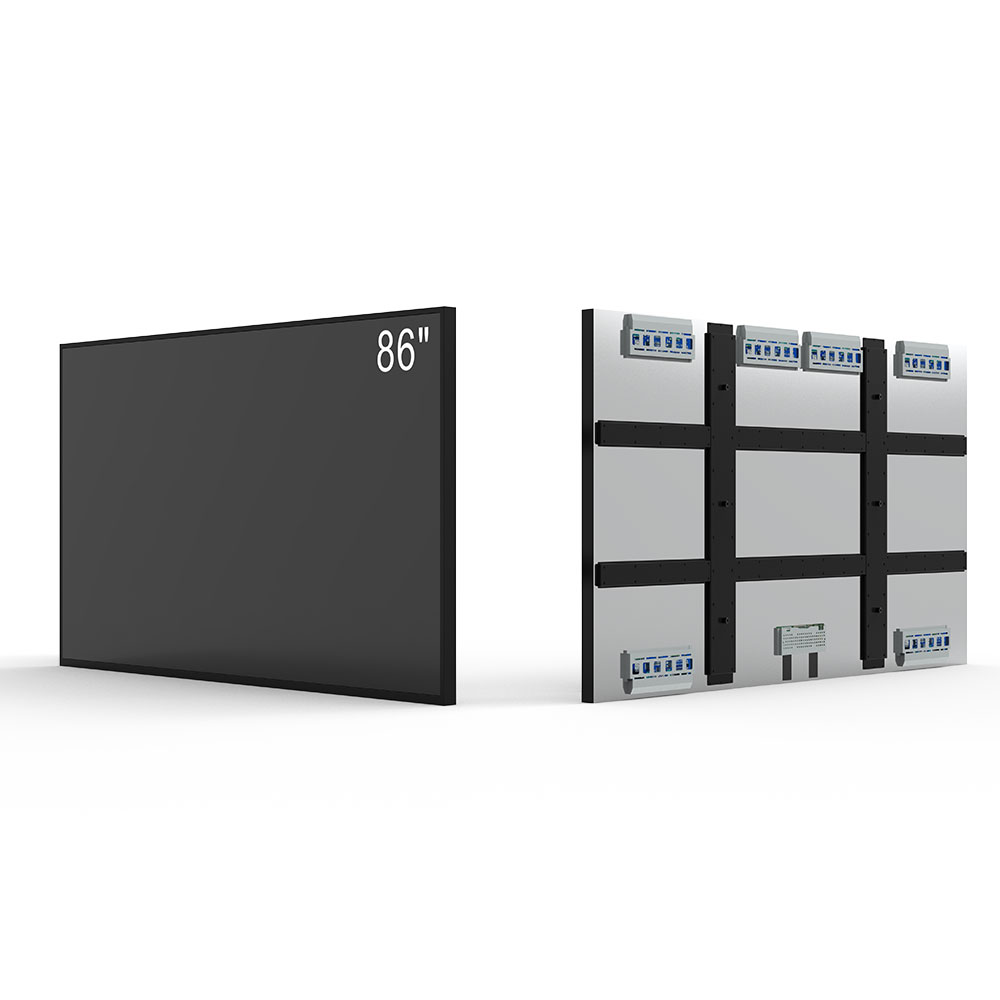
Privacy statement: Your privacy is very important to Us. Our company promises not to disclose your personal information to any external company without your explicit permission.
Selecting the right outdoor LCD screen for your business is critical to ensuring visibility, durability, and long-term ROI. Whether you're deploying digital signage in a retail environment, on a sports stadium scoreboard, or as part of an urban advertising campaign, choosing the correct display involves understanding environmental factors, technical specifications, and maintenance requirements.
Begin by assessing your installation location. Outdoor environments present unique challenges such as direct sunlight, temperature extremes, humidity, and exposure to dust or moisture. According to the International Electrotechnical Commission (IEC) standard IEC 60068-2-1, outdoor screens must be tested for resistance to temperature cycling, with acceptable ranges typically from -30°C to +60°C. For optimal performance, look for displays rated IP65 or higher for dust and water resistance—this ensures they can withstand heavy rain, wind-blown debris, and even high-pressure cleaning.

Brightness is another non-negotiable factor. In full sunlight, ambient light can reduce screen visibility by up to 90%, so most professional-grade outdoor LCDs must offer at least 5,000 nits of brightness, with premium models exceeding 7,000 nits. The Society of Motion Picture and Television Engineers (SMPTE) recommends 5,000 nits minimum for daylight readability—an industry benchmark that aligns with real-world usage in cities like Dubai, Los Angeles, or Tokyo.
Additionally, consider power consumption and thermal management. High-brightness panels generate significant heat, so efficient cooling systems—such as passive heatsinks or fan-assisted airflow—are essential. Energy-efficient models compliant with ENERGY STAR standards can reduce operational costs over time, especially when running 24/7.
Finally, evaluate content management systems (CMS). A robust CMS allows remote scheduling, real-time updates, and multi-screen control via cloud-based platforms—a necessity for managing large-scale deployments across multiple locations. Case studies from companies like LG Electronics and Samsung show that businesses using centralized CMS saw up to 40% faster content deployment and 30% lower downtime.
In conclusion, the best outdoor LCD screen isn’t just about high brightness or rugged casing—it’s about integrating environmental resilience, energy efficiency, and scalable software. With careful planning and adherence to international standards, your outdoor display will deliver clear visuals, reliability, and lasting value.
Email to this supplier

Privacy statement: Your privacy is very important to Us. Our company promises not to disclose your personal information to any external company without your explicit permission.